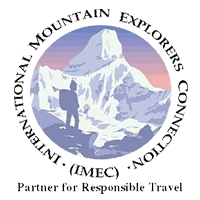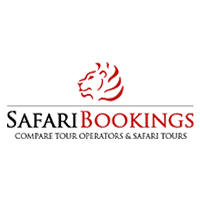Namibia Travel Guide
Namibia may appear like an alien world with its barren landscapes, but it is surprisingly welcoming and familiar.
Namibia Travel Guide
It is a picturesque haven for photographers, with sharp colour contrasts and a variety of terrain.
Those seeking serenity and awe-inspiring vistas across vast desert landscapes will undoubtedly fall in love with Namibia. The country embodies Africa’s essence, with friendly locals, boundless savannahs, and wooded regions.
It also serves as the sanctuary for an astonishing array of wildlife, safeguarded within the expansive Etosha National Park, and smaller nature reserves.
Before you set off on a journey to explore Namibia’s vast expanse, it is wise to familiarize yourself with some essential facts and information. For that, our team of experts has compiled everything necessary to navigate the country in our Namibia Travel Guide. Let’s begin!
Namibia Key Background Information
- Located in southern Africa, Namibia is bordered by Angola, Zambia, Botswana, and South Africa
- English is the official language, making it accessible to international travellers
- The local currency is the Namibian Dollar (NAD)
- The population of just over 2.5 million people
- Known for its striking landscapes, including the Namib Desert, Etosha National Park, and the Skeleton Coast
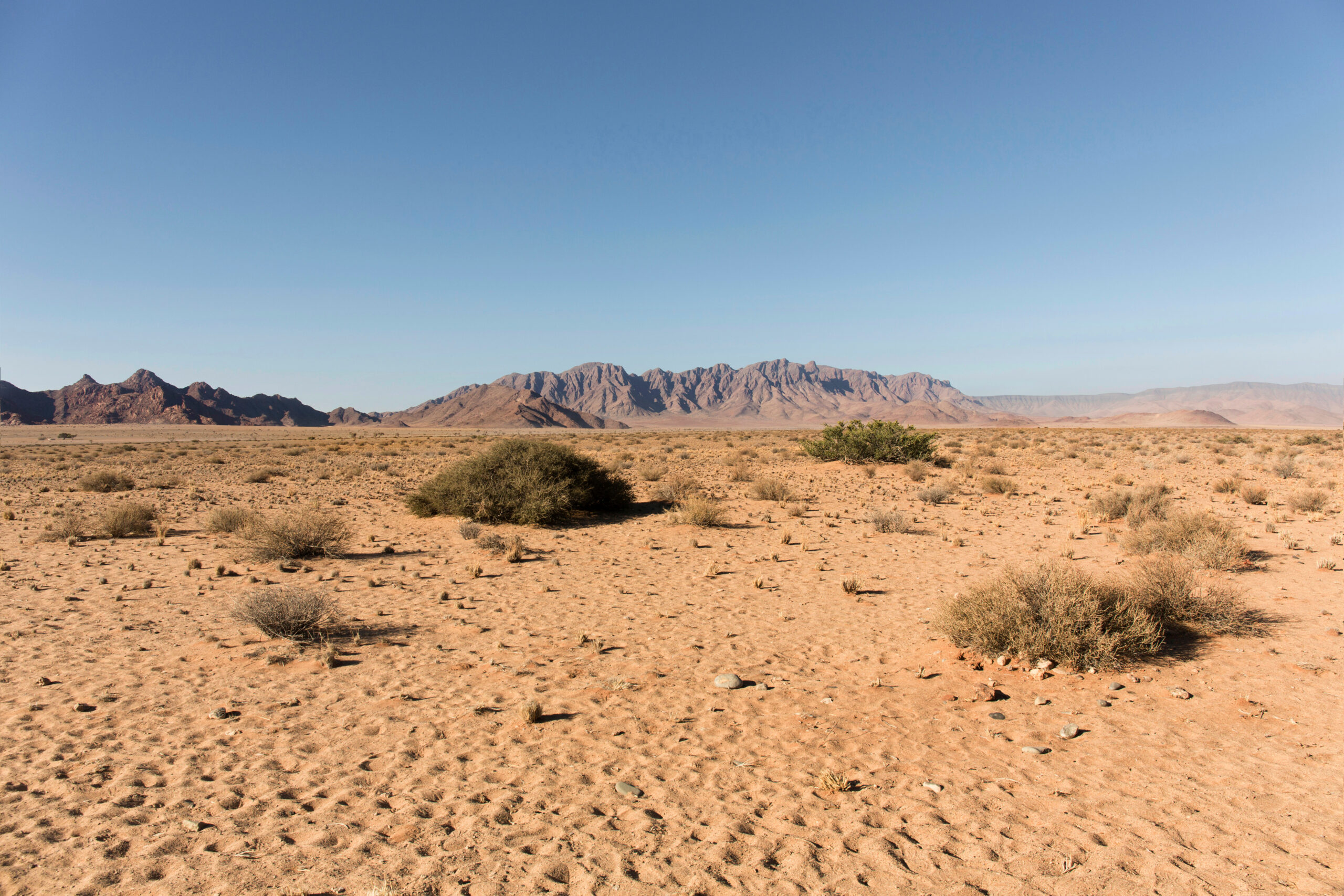
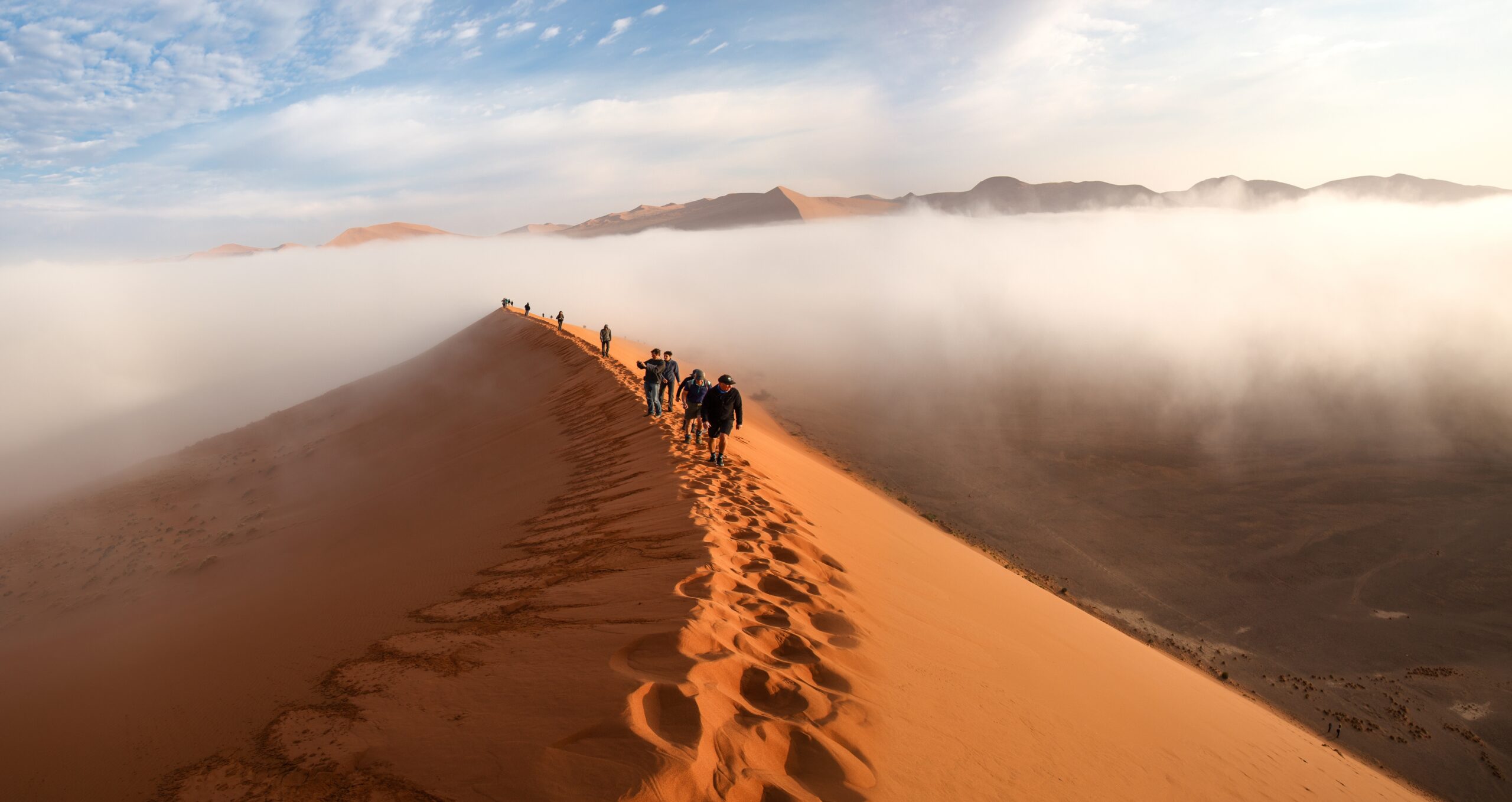
Namibia Five Fascinating Facts
Uncover the lesser-known facts about this extraordinary destination that makes that will make Namibia Tours an intriguing and learning experience for intrepid travellers.
- The Namib Desert, stretching along the Atlantic coast, is estimated to be over 55 million years old. Thus, Namibia is home to the world’s oldest desert.
- Namibia boasts of hosting around 3,000 cheetahs, the highest number of free-roaming cheetahs in the world.
- Namibia’s stunning landscapes, from the rust-red sand dunes of Sossusvlei to the ghostly shipwrecks of the Skeleton Coast, provide endless photo opportunities.
- Namibia is home to several indigenous tribes, including the Himba, San, and Ovambo people, each with its unique customs and traditions.
- With some of the world’s least light-polluted skies, Namibia is an ideal destination for stargazing and astrophotography.
Namibia Key Travel Experiences
Create lasting memories with these must-have experiences on your Namibia adventure.
- Climb the towering sand dunes of Sossusvlei and take in the awe-inspiring views
- Observe the abundant wildlife at Etosha National Park, one of Africa’s premier safari destinations
- Visit the eerie yet beautiful Skeleton Coast, known for its numerous shipwrecks and haunting landscapes
- Immerse yourself in the rich local culture by interacting with the Himba, San, and Ovambo tribes
- Explore the vibrant capital city of Windhoek, with its unique blend of African and European architecture
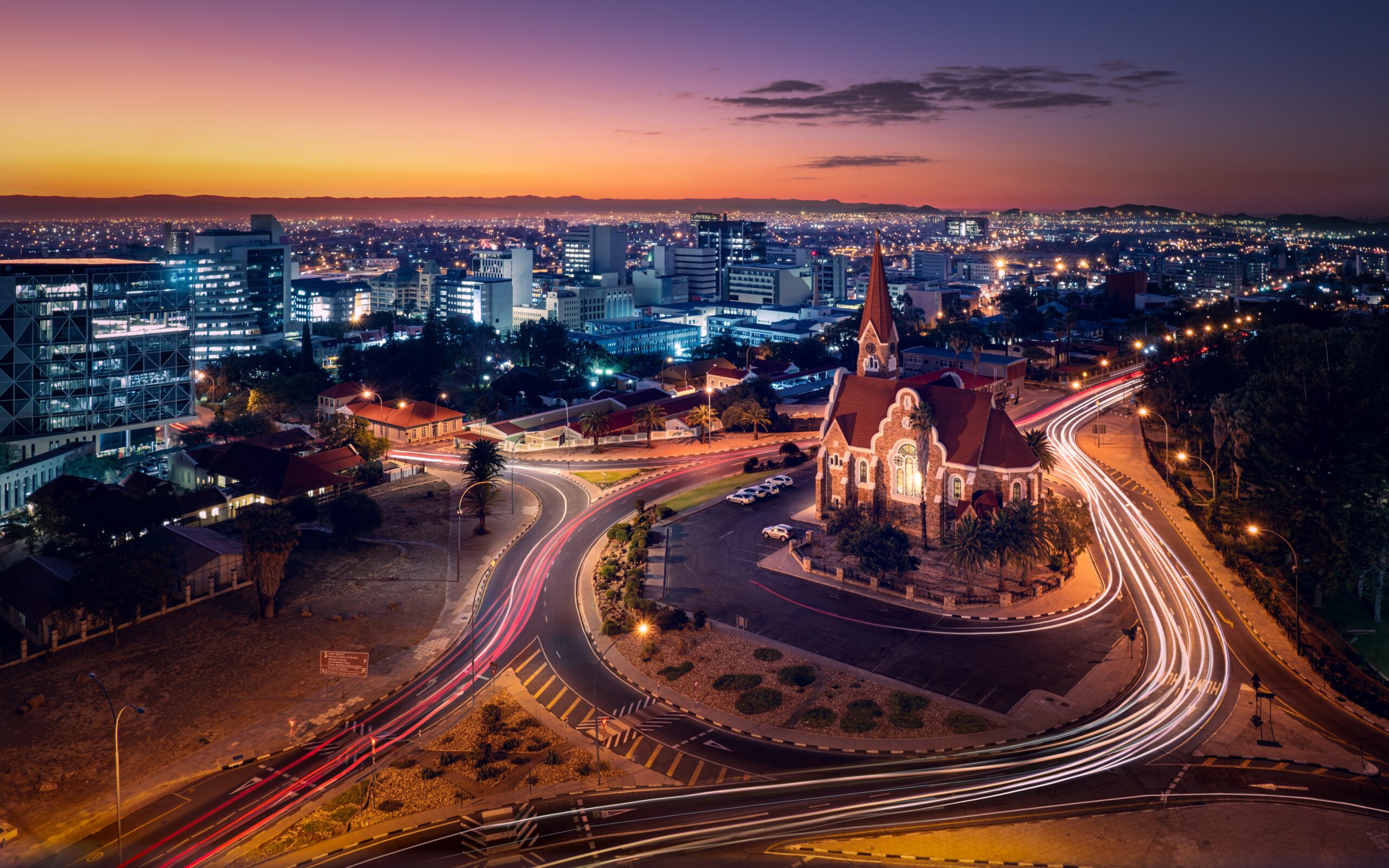
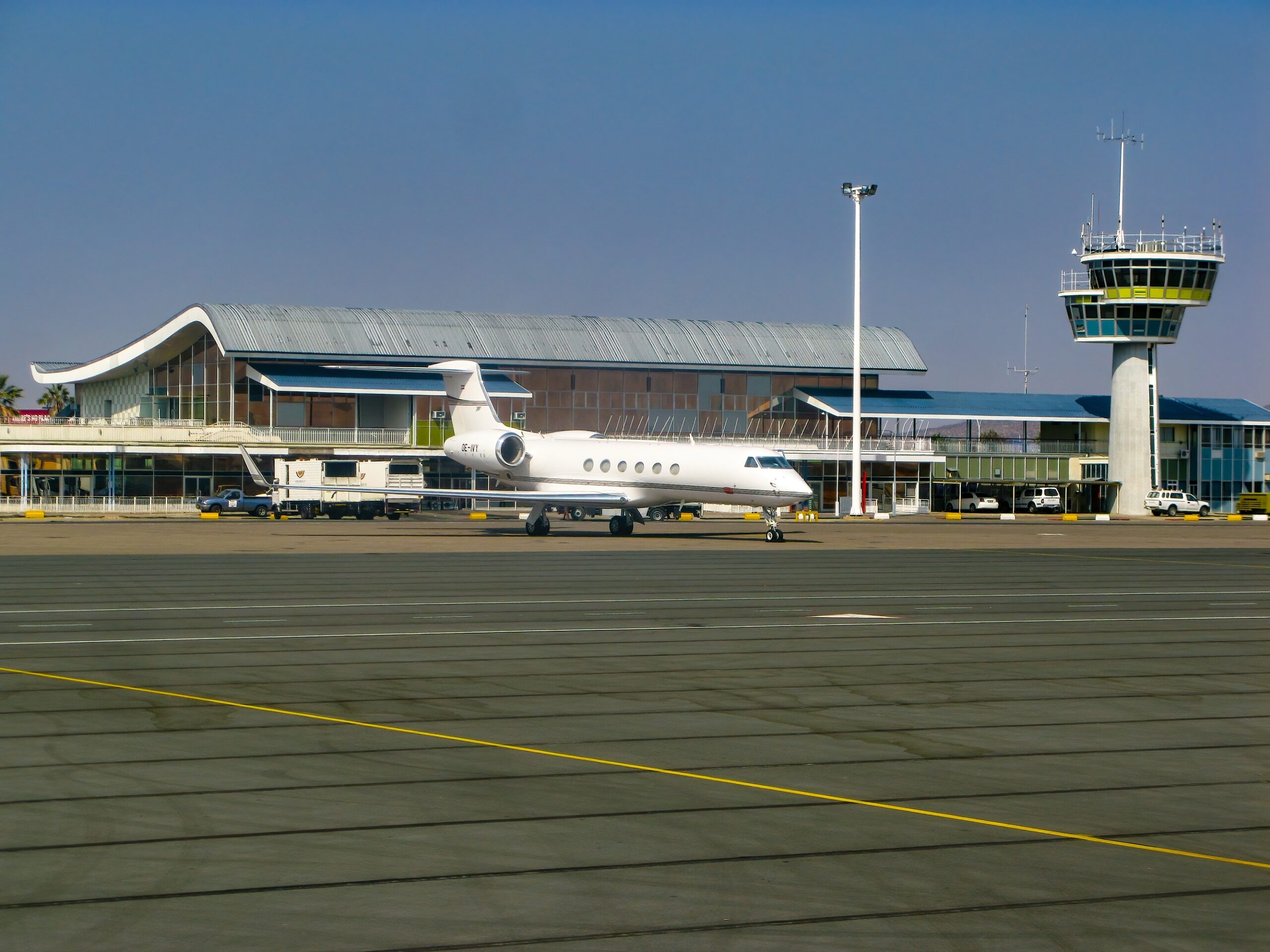
Namibia How To Get
If you’re planning a trip to Namibia, there are several ways to get there, including by air, and road.
By Air
Flying is the quickest and most convenient way for Getting to Namibia. The capital city, Windhoek, is served by Hosea Kutako International Airport, which is the main international airport in the country. There are direct flights to Windhoek from several major cities, including Johannesburg, Cape Town, Frankfurt, and Dubai.
By Road
If you’re travelling from neighbouring countries such as South Africa, Botswana, or Zambia, you can enter Namibia by road. There are several border posts, including Ariamsvlei, Noordoewer, Buitepos, and Katima Mulilo, where you can cross the border.
However, it’s important to note that some of these border posts may be closed or have limited operating hours, so it’s essential to check before you go.
Namibia Getting Around
- When driving in Namibia, it is important to remember that vehicles travel on the left-hand side of the road. The speed limit is typically 60 km/h in urban areas, 80 km/h on gravel roads, 40 to 60 km/h in national parks and private reserves, and 120 km/h on primary highways.
- Seat belt is compuslory. When renting a car, the driver or an authorized co-driver must present a valid, unendorsed driver’s license, which must include a photo and be in English. If not, an international driving license is necessary.
- Roads in Namibia are generally well-maintained and in excellent condition. However, it is wise to refuel at every town and keep the gas tank full since there aren’t many fuel stations on the highways between destinations.
- To enter all national parks, one must have a permit, which can be obtained at the gate or the nearest Ministry of Environment and Tourism (MET) office in town.
If you’re considering a trip to Namibia, refer to our Namibia Travel Guide. Also, feel free to reach out to our destination specialists for additional information and a customized itinerary without any obligation. Contact us today!

Namibia Travel Tips
Hear from our travelers
We team up with the best to give you an unmatchable experience.
From the mountain view to the accommodation, flight booking, and everything associated with the vacation, Good Earth Expedition had an excellent team, and we sure had the best vacation experience.
Mathew Flunum
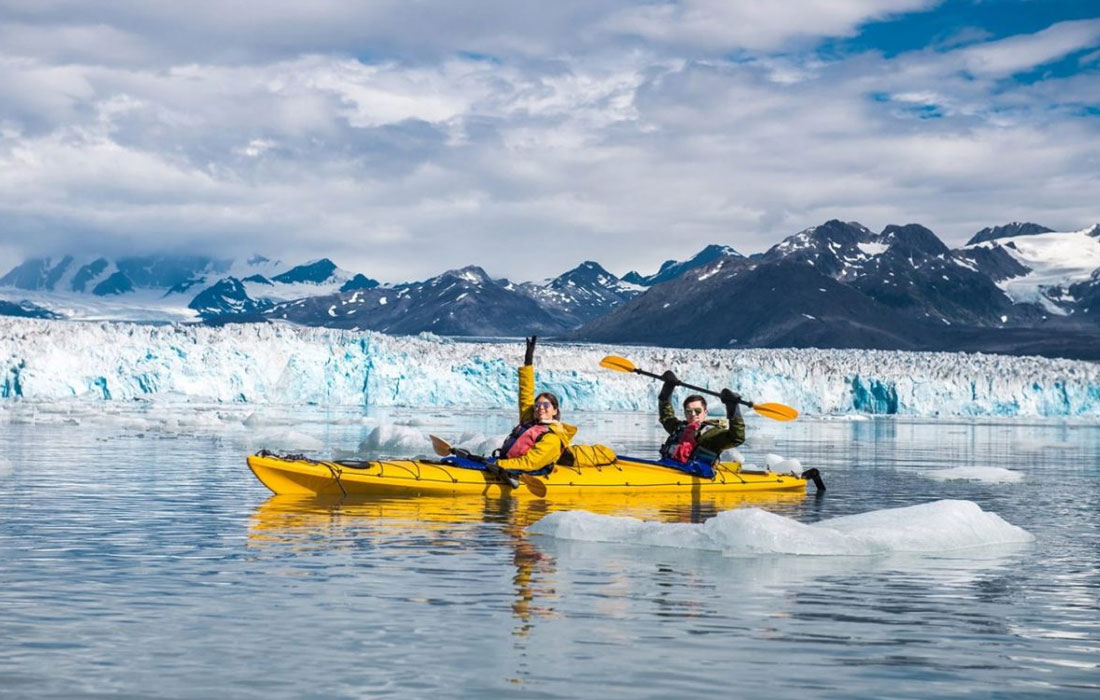
AT GOOD EARTH EXPEDITION, WE GO WILD WORLD WIDE
From the mountain view to the accommodation, flight booking, and everything associated with the vacation, Good Earth Expedition had an excellent team, and we sure had the best vacation experience.
Mathew Flunum
The Good Earth Expedition was impressive with their destination ideas, and there were just amazing people.
Germain

PERFECTLY PLANNED AND EXECUTED BY CONSEA
The Good Earth Expedition was impressive with their destination ideas, and there were just amazing people.
Germain
From the Tanzania budget Safari to the Wildlife photography and Alaskan Wilderness, the trip was carefully planned by Good Earth Expeditions.
John Boxler
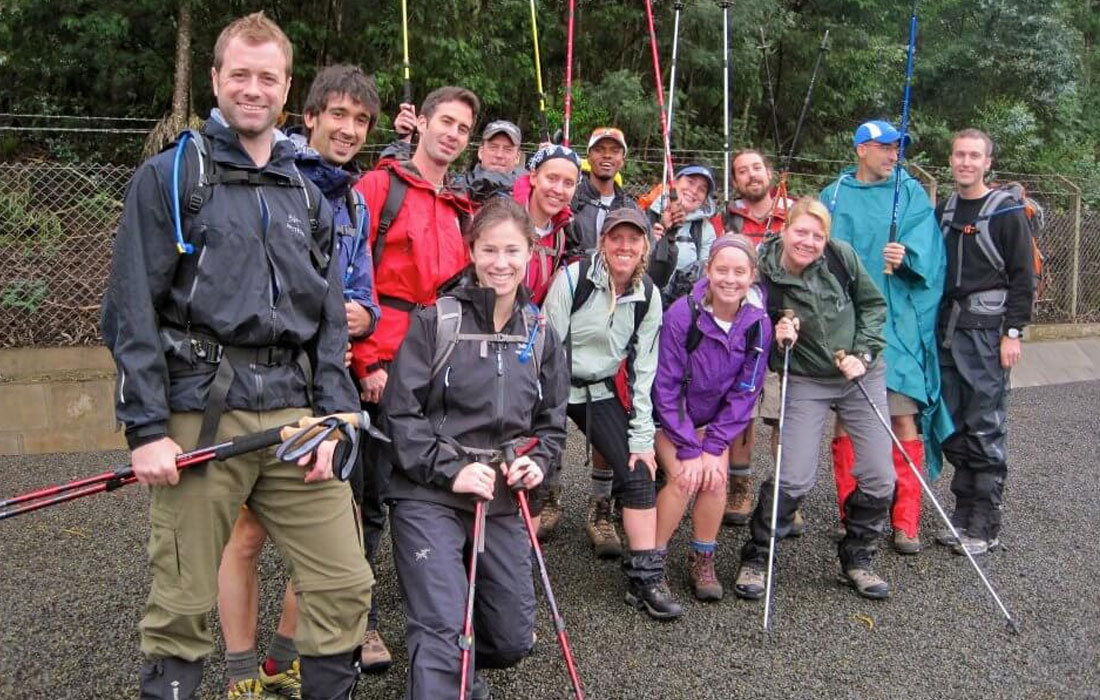
CONSEA, PROVIDED ALL THE VALUABLE INFORMATION
From the Tanzania budget Safari to the Wildlife photography and Alaskan Wilderness, the trip was carefully planned by Good Earth Expeditions.
John Boxler
Excellent trip covering several tourist sites in Northeastern Tanzania. Good hotels and accommodations, plus a friendly and competent team from Good Earth Expeditions.
Brian J Mangereli
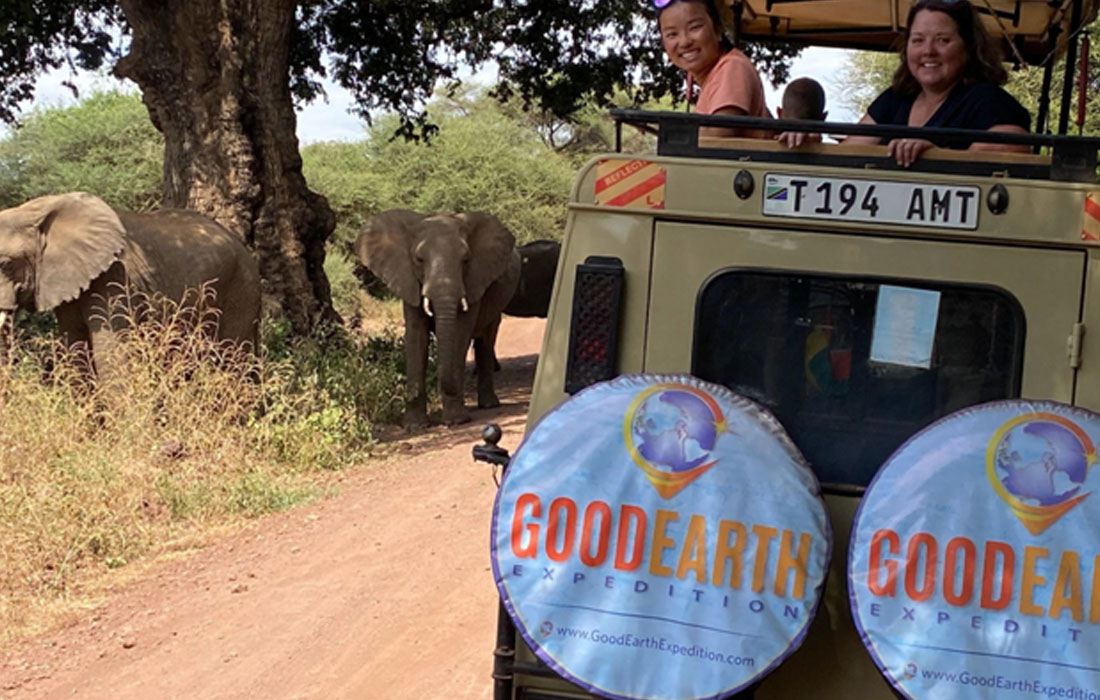
EXCELLENT TRIP COVERING SEVERAL TOURIST
Excellent trip covering several tourist sites in Northeastern Tanzania. Good hotels and accommodations, plus a friendly and competent team from Good Earth Expeditions.
